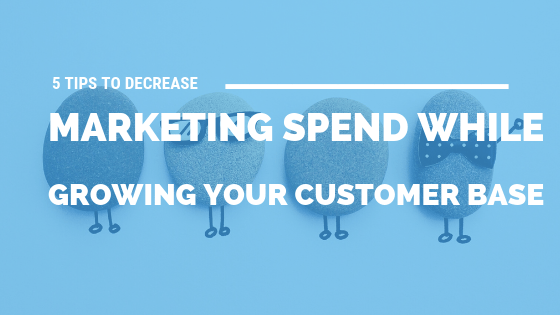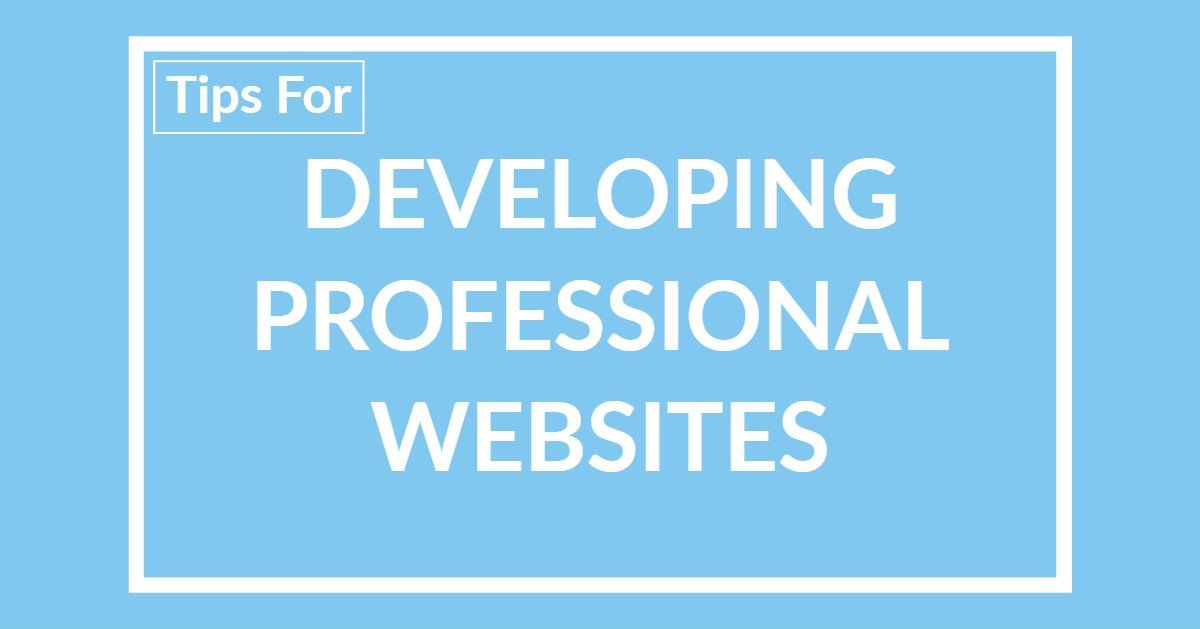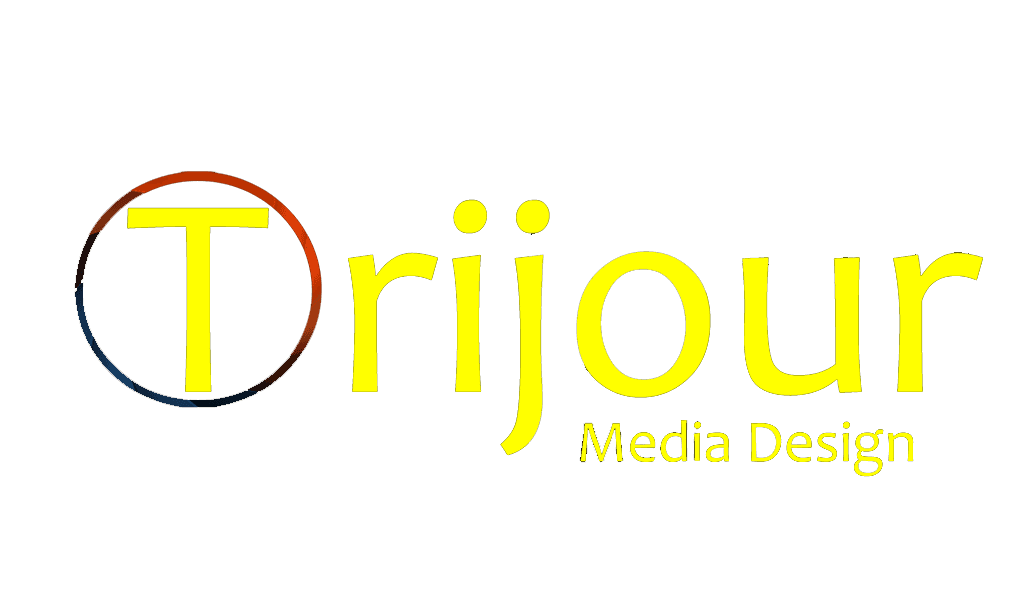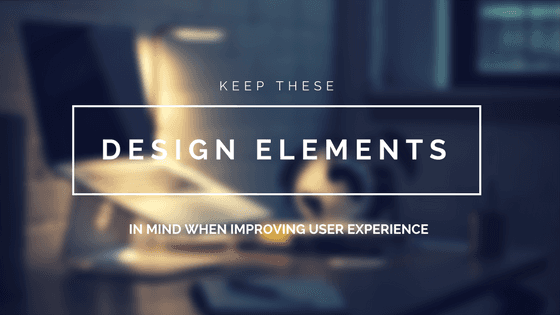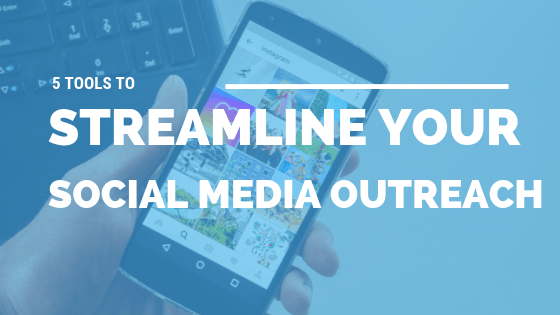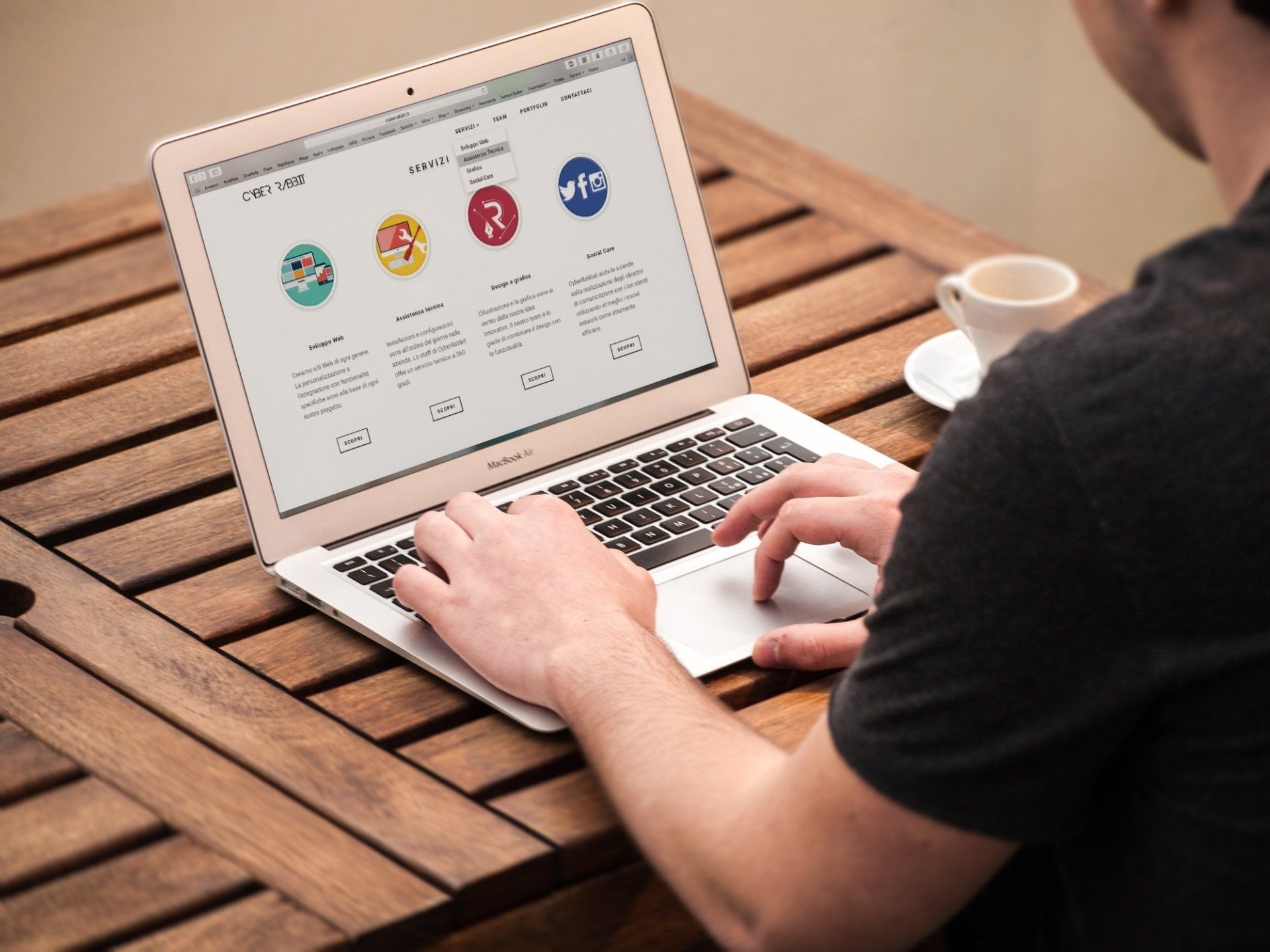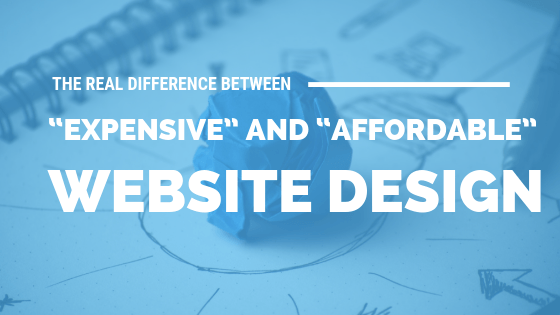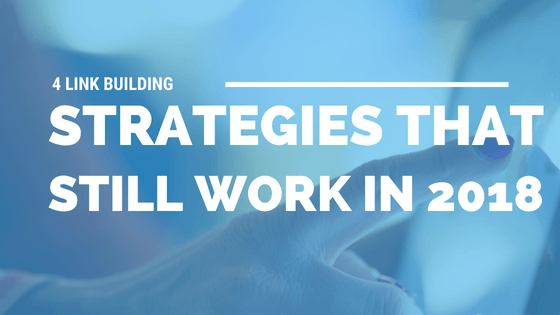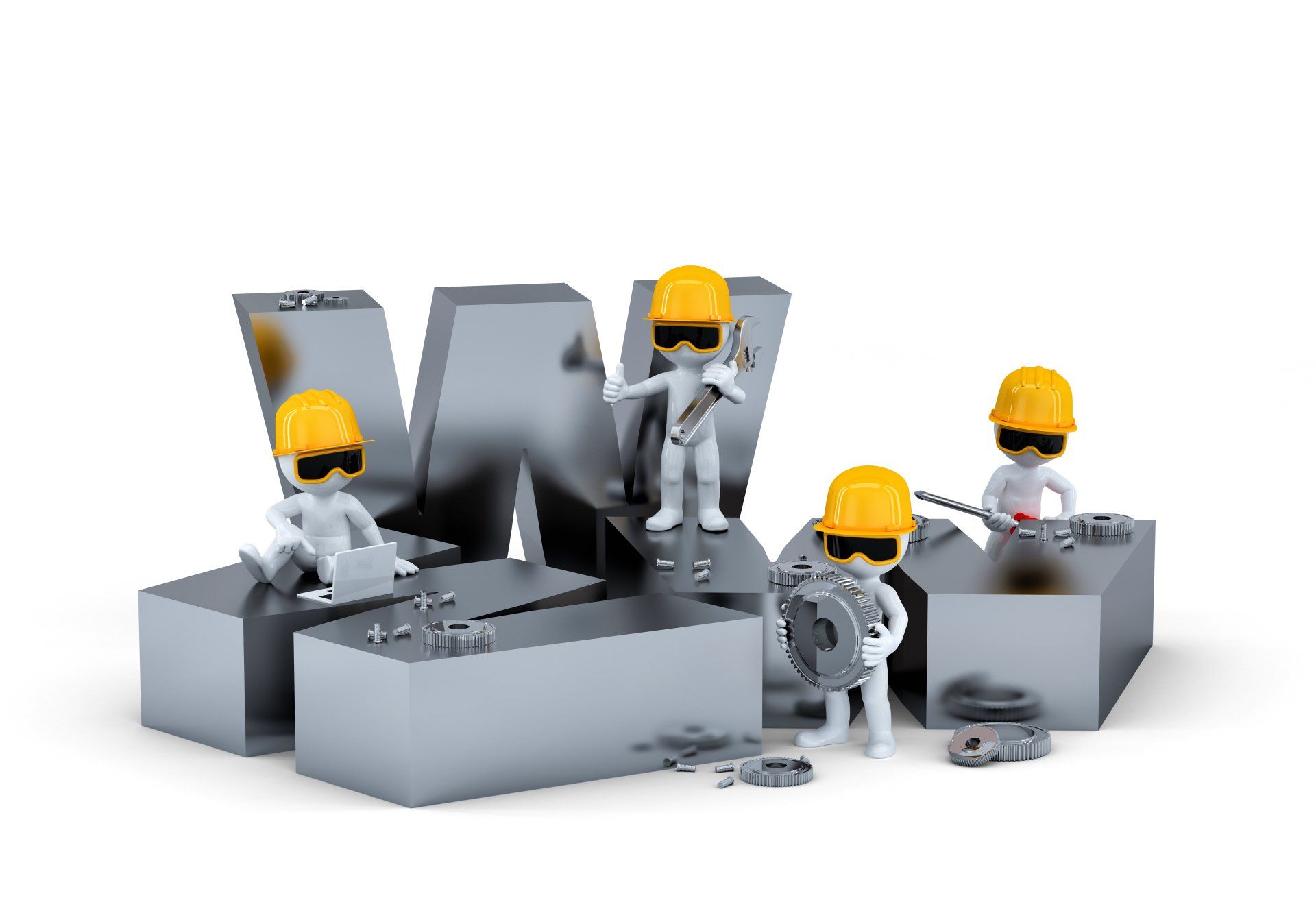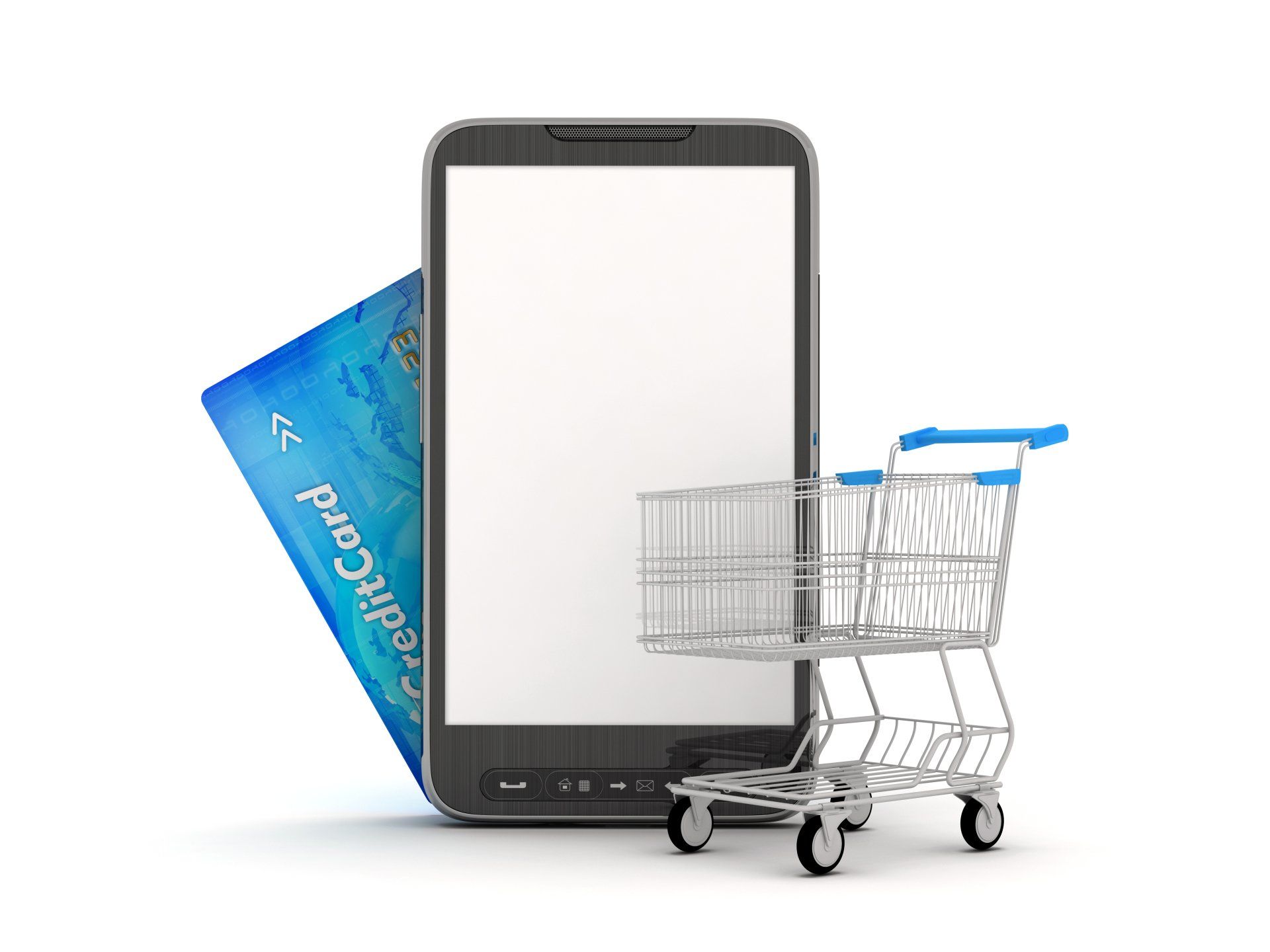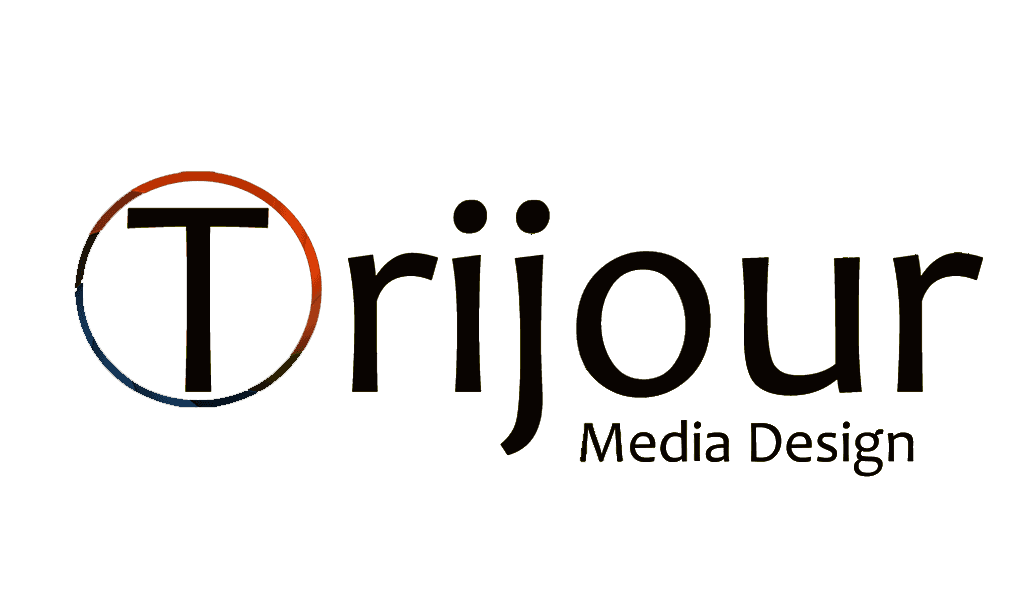Keep These Design Elements in Mind When Improving User Experience
User experience is an important but oft-misunderstood
concept. It describes a person’s emotional and cognitive trajectory as they
navigate a website, and it’s one of the most important factors in determining
whether they’ll return to the site, make a purchase, or share content. If
you’re operating a website with any of those goals in mind, user experience
ought to be a priority. You should go about designing your website with the
intended action steps on the user’s part already predetermined and work backward from there to create an experience
that makes those steps inevitable. Here are some elements to consider when
improving your site’s user experience.
Responsive Design
With the majority of Web traffic now coming from mobile devices, the experience of the average user is no longer going to be through a desktop, but rather through a tablet, smartphone, or another non-traditional viewing platform. This means your site’s design needs to adapt to fit any device. Sites that are designed to be responsive are equipped to provide a positive and natural experience on mobile devices, without requiring users to resize windows, adjust their settings, or zoom in on text. Crafting a great experience for your desktop users is not enough in the mobile-browsing world. Make your site responsive, decluttering pages for mobile and foregrounding the most important parts of each page, and you’ll improve your user experience instantly.
User Flow
This element of UX design describes how a user moves through a system. User flow can feel natural and freely chosen, or coercive and confining, and as such, it impacts UX to a great degree. People want to be able to move through a site in as few clicks as possible, but they also want content-rich menus and plenty of options for how to get from point A to point B. Keep user flow in mind and you’ll be better equipped to generate the intended action steps for your site’s visitors, whether it be sharing your content or making a purchase. Which brings us to our next, closely-related element: the sales funnel.
Sales Funnel
Sales funnel can be understood as a guiding principle of user flow on sites that aim to directly sell products. The sales funnel is the process through which a user progresses from becoming aware of your product to making the purchase. You want to consider how your sales funnel can be improved to create positive associations in your customer’s minds – not only will that make them pull the trigger on the initial purchase, it will keep them coming back to use your site. If you’re selling merchandise that’s available elsewhere, that’s particularly important – their user experience will be the only thing keeping them buying from you.
Readability
Your users will almost certainly have to read your site in order to perform the action step you want to evoke. The ease with which a person can read a site informs their user experience to a great degree, meaning fancy but illegible fonts, tiny typefaces, and colored text that blends into your background has got to go. Make readability a priority, then work to make your site eye-catching and unique second, and you’ll make sure users aren’t too caught up in the imagery to keep track of the information you need to convey.
User Personas
Every user to your site is different, but they can be roughly categorized into a few different personae: casual browsers, content hunters, impulse buyers, etc. A deep dive into your analytics can help you craft a few different user personae, which can inform your UX design as you work to create a site that each of these different types of people can have a unique but positive experience with.
